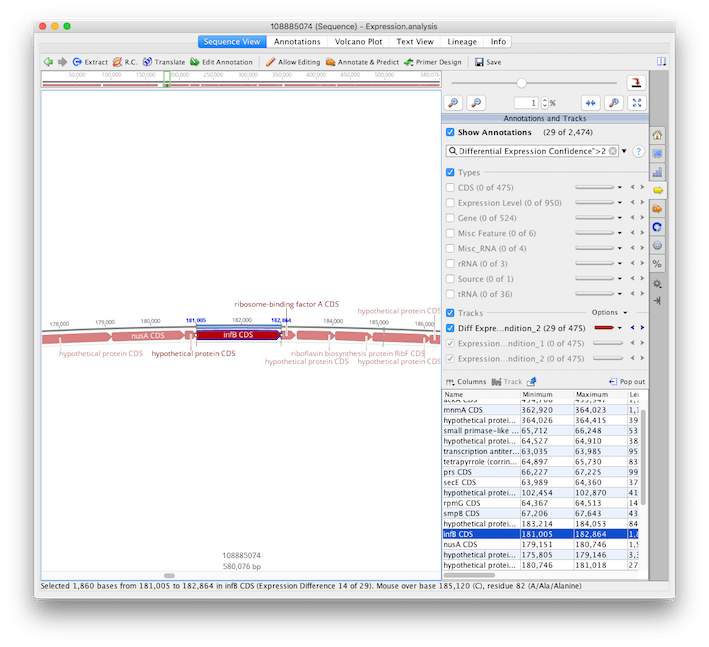

ORISE is managed by ORAU under DOE contract number DE-SC0014664. This research was supported in part by an appointment to the ARS Research Participation Program administered by the Oak Ridge Institute for Science and Education (ORISE) through an interagency agreement between the U.S. Department of Agriculture (USDA), Agricultural Research Service, NSF DEB-1655980, and the Pennsylvania State University Agricultural Experiment Station Project 4655. This work was supported in part by the U.S.

T2 - An Updated, Downloadable Resource for Fusarium Species Identification We thank Kianna Burtle for providing feedback and screenshots used in the Geneious Prime Tutorial, as well as Mar 2022 The American Phytopathological Society", We thank Travis Adkins for assistance in providing metadata for NRRL isolates and Conrad Schoch and Barbara Robbertse for sharing their insight on NCBI BLAST. Note = "Funding Information: This work was supported in part by the U.S. FUSARIUM-ID will be updated on a regular basis by archiving sequences of TEF1 and other loci from newly identified species and greater in-depth sampling of currently recognized species.", Here, we present FUSARIUM-ID v.3.0, which provides the following improvements: (i) additional and updated annotation of metadata for isolates associated with each sequence, (ii) expanded taxon representation in the TEF1 sequence database, (iii) availability of the sequence database as a downloadable file to enable local BLAST queries, and (iv) a tutorial file for users to perform local BLAST searches using either freely available software, such as SequenceServer, BLAST+ executable in the command line, and Galaxy, or the proprietary Geneious software. 1.0 and 2.0 had several limitations, including inconsistent metadata annotation for the archived sequences and poor representation of some species complexes and marker loci.

php) is a publicly available database designed to support the identification of Fusarium species using sequences of multiple phylogenetically informative loci, especially the highly informative ∼680-bp 59 portion of the translation elongation factor 1-alpha (TEF1) gene that has been adopted as the primary barcoding locus in the genus.

However, accurate identification of species is challenging and usually requires DNA sequence data. FUSARIUM-ID will be updated on a regular basis by archiving sequences of TEF1 and other loci from newly identified species and greater in-depth sampling of currently recognized species.Ībstract = "Species within Fusarium are of global agricultural, medical, and food/ feed safety concern and have been extensively characterized. Species within Fusarium are of global agricultural, medical, and food/ feed safety concern and have been extensively characterized.


 0 kommentar(er)
0 kommentar(er)
